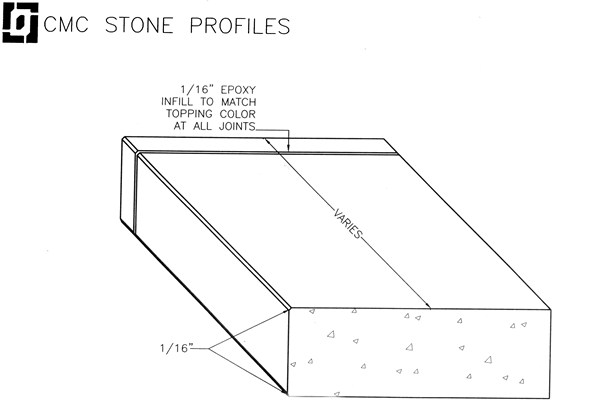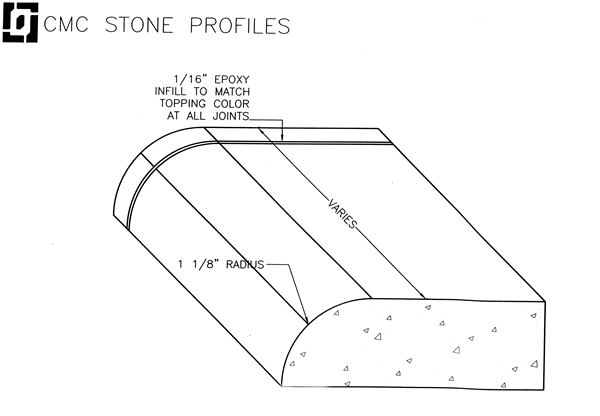Marble description
Marble is a metamorphic rock resulting from the metamorphism of limestone, composed mostly of calcite (a crystalline form of calcium carbonate, CaCO3). It is extensively used for sculpture, as a building material, and in many other applications. The word marble is colloquially used to refer to many other stones that are capable of taking a high polish.
Pure white marble is the result of metamorphism of very pure limestones. The characteristic swirls and veins of many colored marble varieties are usually due to various mineral impurities such as clay, silt, sand, iron oxides, or chert which were originally present as grains or layers in the limestone. These various impurities have been mobilized and recrystallized by the intense pressure and heat of the metamorphism. The veining in marble are actually cracks in the stone. You will see that some marble slabs have been filled with resin at the quarry before it is ever shipped to the U.S.. It is not uncommon for the fabricator to do additional repairs on fragile marble. You can see these repairs! It is still very beautiful but something you should be aware of.
Due to the Calcium Carbonate, Calcite composition of marble it is much softer than granite. Marble will easily scratch and is very sensitive to acid. Etching (chemical damage to the surface of marble) is always a concern for Marble tops. Please see Care & Maintenace to learn more about etching. Marble slabs are generally smaller than granite but will usually be at least 58" x 100". Marble can be available in the 3cm (1 1/4" thickness) but most colors are available only in 2cm (3/4").
Like granite, some marble must be sealed to help protect against staining. CMC will properly seal all Marble tops that require sealing. Please refer to Care & Maintenance for more information about caring for your Marble top.











